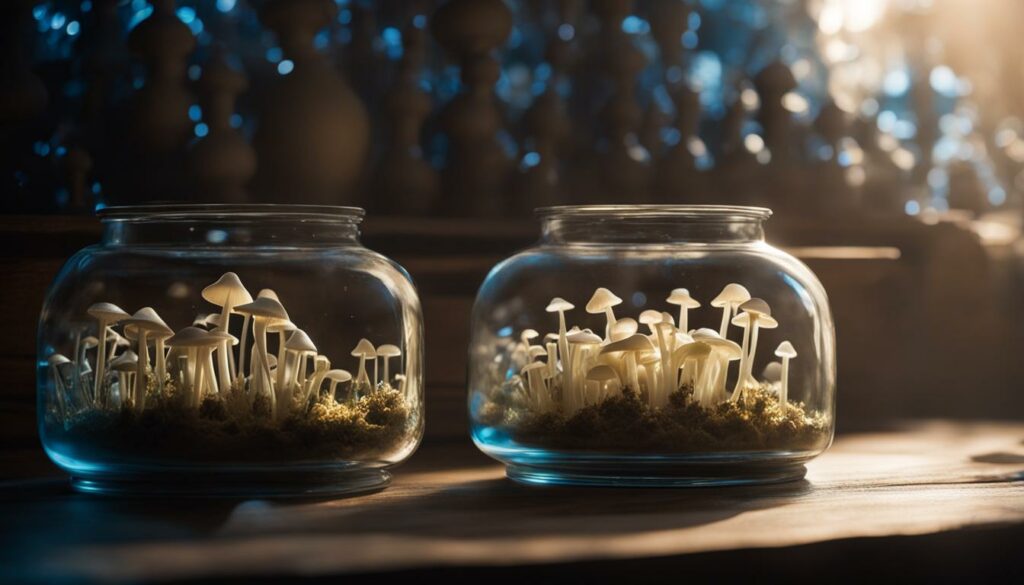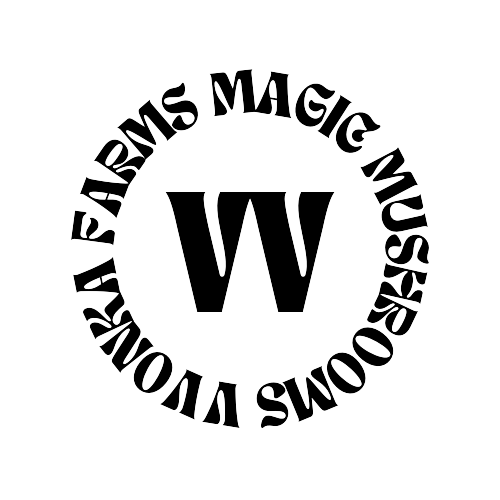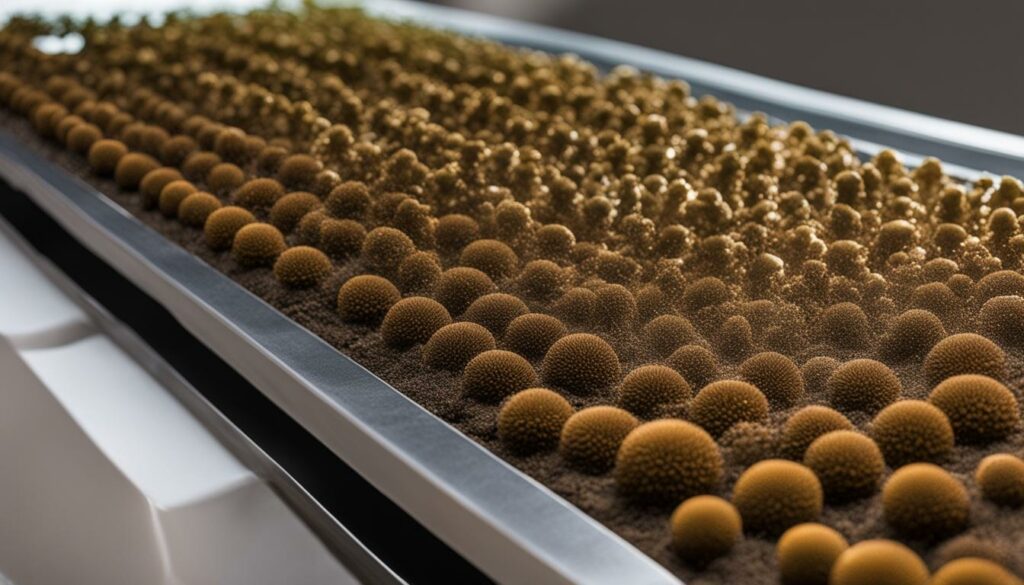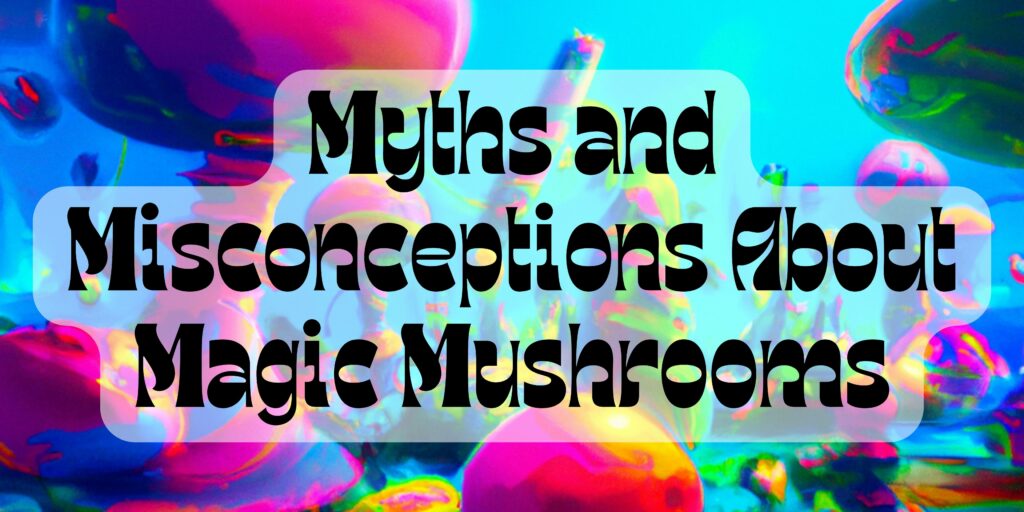Welcome to a fascinating journey into the world of magic mushrooms. Have you ever wondered how these ethereal fungi are cultivated? In this article, we will delve into the magical process of shroom cultivation, exploring the techniques and methods that bring these incredible organisms to life.
Key Takeaways:
- Shrooms are cultivated from spores that contain psychoactive compounds.
- The cultivation process involves substrate preparation, inoculation, incubation, fruiting conditions, harvesting, and drying.
- Mushrooms go through a unique life cycle, starting from spores and ending in decomposition.
- Popular shroom cultivation methods include the PF Tek, monotub, and agar techniques.
- Consuming magic mushrooms can induce altered states of consciousness, but it carries legal and health risks.
Understanding the Mushroom Life Cycle
Mushrooms have a fascinating life cycle that involves distinct stages, beginning with spores and culminating in the formation of a fruiting body. Let’s dive into the various phases of the mushroom life cycle:
Spore Stage
The mushroom life cycle starts with spores, which are tiny reproductive cells released from the gills underneath the mushroom’s cap. These spores are dispersed into the surrounding environment, where they await the right conditions to germinate and grow.
Mycelium Stage
When a spore finds a suitable environment, it germinates and develops into mycelium. Mycelium consists of fine white filaments that spread and intertwine, forming a vast network beneath the surface. This mycelial network is responsible for absorbing nutrients from the surroundings.
Fruiting Body Stage
As the mycelium matures, it begins to form the fruiting body, which is what we commonly recognize as a mushroom. The fruiting body emerges above ground, displaying a cap and a stalk. This is the reproductive structure of the mushroom, and its purpose is to produce and release spores for future reproduction.
The mushroom life cycle is a continuous process. Once the fruiting body releases its spores, it completes its life cycle and eventually decomposes, contributing to the natural recycling of organic matter in the ecosystem.
Key Takeaways:
- Mushroom life cycle begins with spores, which germinate and develop into mycelium.
- Mycelium forms the fruiting body, or the mushroom itself, which releases spores for reproduction.
- The mushroom completes its life cycle and decomposes, contributing to nutrient recycling.
Understanding the mushroom life cycle provides valuable insights into the intricate world of fungi and their role in the ecosystem. This knowledge is essential for mushroom cultivation and appreciating their significance in nature.
Cultivating Magic Mushrooms: A Step-by-Step Guide
If you’re interested in cultivating magic mushrooms, it’s important to understand the step-by-step process involved. By following these guidelines, you can embark on your own shroom cultivation journey and experience the magic of growing your own psychedelic fungi.
Step 1: Thorough Research and Education
Before you begin cultivating magic mushrooms, it’s essential to educate yourself about the process, materials, and equipment needed. Explore reputable sources, books, and online forums to gain a comprehensive understanding of the cultivation techniques and best practices. This knowledge will serve as a solid foundation for successful mushroom farming.
Step 2: Strain Selection
Choosing the right mushroom strain is crucial for a successful cultivation experience. Popular strains for magic mushrooms include Psilocybe cubensis and Psilocybe cyanescens. Each strain has its own characteristics, growth requirements, and potency levels. Conduct research and consider factors such as climate, substrate compatibility, and desired effects when selecting the strain that suits your preferences.
Step 3: Substrate Preparation and Inoculation
The substrate is the material that provides nutrients for the mushrooms to grow. A common substrate mixture includes vermiculite, brown rice flour, and water. Once the substrate is prepared, it needs to be sterilized to eliminate any competing organisms. After sterilization, the substrate is inoculated with mushroom spores or mycelium. Inoculation involves introducing the spores or mycelium into the substrate to initiate the growth of mycelial networks.
Step 4: Incubation, Fruiting Conditions, Harvesting, and Drying
During the incubation period, the inoculated substrate is kept in a controlled environment with ideal temperature and humidity levels. This allows the mycelium to colonize the substrate fully. Once colonization occurs, the mushrooms enter the fruiting stage, where specific conditions such as light, temperature, and humidity are necessary for the mushrooms to develop. Harvest the mature mushrooms by gently twisting and pulling them from the substrate. Finally, dry the harvested mushrooms using a dehydrator or by placing them in a well-ventilated area until they are fully dried.
Step 5: Storage
Proper storage is essential to maintain the potency and quality of your harvested magic mushrooms. Store them in an airtight container, such as a mason jar, in a cool and dark place. Ensure the container is dry to prevent the growth of mold or mildew. When stored correctly, dried magic mushrooms can retain their potency for a considerable amount of time.
Step 6: Enjoy Responsibly
Remember, the cultivation and use of magic mushrooms may be subject to legal restrictions in many countries. It’s important to familiarize yourself with the laws in your jurisdiction before engaging in mushroom cultivation or consumption. Always approach the use of magic mushrooms responsibly, considering potential risks and consulting healthcare professionals when needed. Enjoy the journey of cultivating your own magic mushrooms with caution and respect for these fascinating fungi.

Growing Methods for Magic Mushrooms
When it comes to the cultivation of magic mushrooms, there are several techniques that enthusiasts and growers can explore. Each method has its own advantages and may be suitable for different levels of experience and available resources. Let’s take a closer look at three popular growing methods: PF Tek, Monotub, and Agar techniques.
PF Tek
PF Tek, short for Psilocybe Fanaticus Technique, is a classic method used by many mushroom cultivators. It involves creating a substrate mixture of vermiculite and brown rice flour, which provides the necessary nutrients for the mushrooms to thrive. The substrate is then inoculated with mushroom spores or mycelium and placed in a sterile environment for incubation. Once the mycelium has fully colonized the substrate, it can be transferred to a fruiting chamber where the mushrooms will grow.
Monotub
Another popular method is the Monotub technique. This method involves using larger containers and different substrate formulations, such as coir or straw. Monotubs provide a controlled environment for the mushrooms to grow, allowing for optimal conditions and higher yields. The substrate is prepared, sterilized, and then layered in the container. The mycelium is introduced and allowed to colonize the substrate, eventually forming mushroom clusters. Monotubs offer a convenient and efficient way to cultivate larger quantities of mushrooms.
Agar Techniques
Agar techniques are commonly used to isolate and propagate specific strains of mushroom mycelium before transferring them to a substrate. Agar is a gel-like substance that provides a nutrient-rich medium for the mycelium to grow and expand. By using agar, growers can ensure the purity and consistency of their chosen strains. This method requires sterile laboratory conditions and equipment, making it suitable for more advanced growers who have access to the necessary resources.
Each of these growing methods has its own unique characteristics and benefits. Whether you’re a beginner or an experienced cultivator, exploring different techniques can help you find the method that suits your needs and resources. Remember to always prioritize sterilization and cleanliness to avoid contamination and maximize your chances of a successful mushroom harvest.
| Method | Advantages |
|---|---|
| PF Tek | Simple and beginner-friendly |
| Monotub | Higher yields and efficient use of space |
| Agar Techniques | Allows for the isolation and propagation of specific strains |
Exploring the Effects of Magic Mushrooms
Magic mushrooms, also known as psilocybin mushrooms, are renowned for their ability to induce altered states of consciousness and profound psychological experiences. Understanding the effects of consuming these mushrooms is essential for anyone considering their use. However, it’s important to note that the cultivation, possession, and consumption of magic mushrooms are illegal in many countries, and their use carries legal and health risks.
When consumed, psilocybin mushrooms affect the brain’s serotonin receptors, leading to a range of effects. These effects can vary widely depending on factors such as dosage, individual tolerance, set (mental state), and setting (environment). Common experiences include altered perception of time and space, visual hallucinations, enhanced emotions, and intensified sensory perception. Many users report feelings of euphoria, deep introspection, and spiritual or mystical experiences.
It’s crucial to approach the use of magic mushrooms responsibly and with caution. Negative experiences, such as anxiety, paranoia, or confusion, can occur, particularly at higher doses or in unfamiliar or uncomfortable settings. Individuals with a history of mental health issues or those on certain medications should exercise extra caution and consult with healthcare professionals before considering the use of magic mushrooms.
Potential Benefits and Risks
| Benefits | Risks |
|---|---|
|
|
“Magic mushrooms can provide profound experiences and insights, but they must be approached with respect and caution. Taking necessary precautions, such as using a trusted source, starting with low doses, and having a trip sitter present, can help mitigate risks and enhance the potential benefits.”
It’s worth noting that the field of psilocybin research is expanding, and ongoing studies are exploring the therapeutic potential of these mushrooms in treating mental health conditions such as depression, anxiety, and addiction. However, these studies are still in their early stages, and consuming magic mushrooms for therapeutic purposes should only be done under the guidance of trained professionals in a controlled clinical setting.
Ultimately, the effects of magic mushrooms can be transformative and profound, but it’s essential to approach their use responsibly, prioritize personal safety, and consider the legal and health risks involved. Education, informed decision-making, and responsible consumption are key when exploring the effects of magic mushrooms.
Conclusion
The cultivation of magic mushrooms involves a detailed process that requires research, careful substrate preparation, and proper techniques. By following a comprehensive shroom growing guide and understanding the magic mushroom cultivation process, enthusiasts can embark on a fascinating journey into the world of fungi.
It’s important to note that the effects of magic mushrooms can be profound, but their use carries legal and health risks. Responsible consumption, in consultation with healthcare professionals and in compliance with applicable laws, is crucial for ensuring personal safety and well-being.
Exploring the evolution of mushroom consumption provides valuable insights into the human fascination with psychedelic substances. From ancient rituals to modern-day practices, the cultural significance of magic mushrooms has evolved over time, shaping our understanding of altered states of consciousness and their potential benefits and risks.
By delving into the cultivation process and effects of magic mushrooms, we gain a deeper understanding of this intriguing aspect of fungi and its connection to human experiences. Whether for personal interest or scientific exploration, the world of magic mushrooms continues to captivate our curiosity and expand our understanding of the natural world.
FAQ
How are shrooms made?
Shrooms, or magic mushrooms, are made through a cultivation process that involves specific techniques and methods. It starts with the spores of mushrooms that contain psychoactive compounds like psilocybin. These spores germinate and grow into mycelium, a network of fine white filaments. The mycelium then forms the fruiting body, which is the mushroom itself.
What is the mushroom life cycle?
Mushrooms have a unique life cycle. They begin as spores, which are released from gills underneath the mushroom’s cap. Once a spore finds a suitable environment, it germinates and grows into mycelium, a network of fine white filaments. The mycelium combines to create the fruiting body, or the mushroom itself. The mushroom releases its spores, completes its life cycle, and decomposes.
What are the steps for cultivating magic mushrooms?
Cultivating magic mushrooms involves several steps. These include substrate preparation, inoculation, incubation, fruiting conditions, harvesting, and drying and storage. Thorough research and education on the cultivation process, materials, and equipment are recommended. Strain selection, such as Psilocybe cubensis and Psilocybe cyanescens, is important. Proper substrate preparation, sterilization, and introduction of spores or mycelium are crucial. Incubation, fruiting conditions, harvesting, and proper drying and storage are essential for successful cultivation.
What are the different methods for growing magic mushrooms?
There are different methods for growing magic mushrooms. The PF Tek (Psilocybe Fanaticus Technique) involves using a substrate mixture of vermiculite and brown rice flour. Monotub utilizes larger containers and different substrate formulations, such as coir or straw. Agar techniques involve using agar to isolate and propagate specific strains of mushroom mycelium before transferring them to a substrate. Each method has its own advantages and may suit different levels of experience and available resources.
What are the effects of magic mushrooms?
Magic mushrooms contain psychoactive compounds, primarily psilocybin and psilocin, which have the ability to induce altered states of consciousness. The effects of consuming magic mushrooms can vary widely, including altered perception, hallucinations, euphoria, spiritual experiences, and introspection. It’s important to note that the use of magic mushrooms is illegal in many countries and can carry legal and health risks. Negative experiences, such as anxiety or paranoia, can occur, and there is potential for psychological and emotional harm. It’s crucial to be well-informed, consider legal status, and consult healthcare professionals when considering the use of magic mushrooms.
What is the conclusion of the cultivation and effects of magic mushrooms?
The cultivation of magic mushrooms involves a detailed process that requires research, careful substrate preparation, and proper techniques. The effects of magic mushrooms can be profound, but their use carries legal and health risks. Understanding the history and cultural significance of mushroom consumption can provide valuable insights into the evolution of human interactions with psychedelic substances. By exploring the cultivation process and effects of magic mushrooms, we can gain a deeper understanding of this intriguing aspect of fungi and its connection to human experiences.




